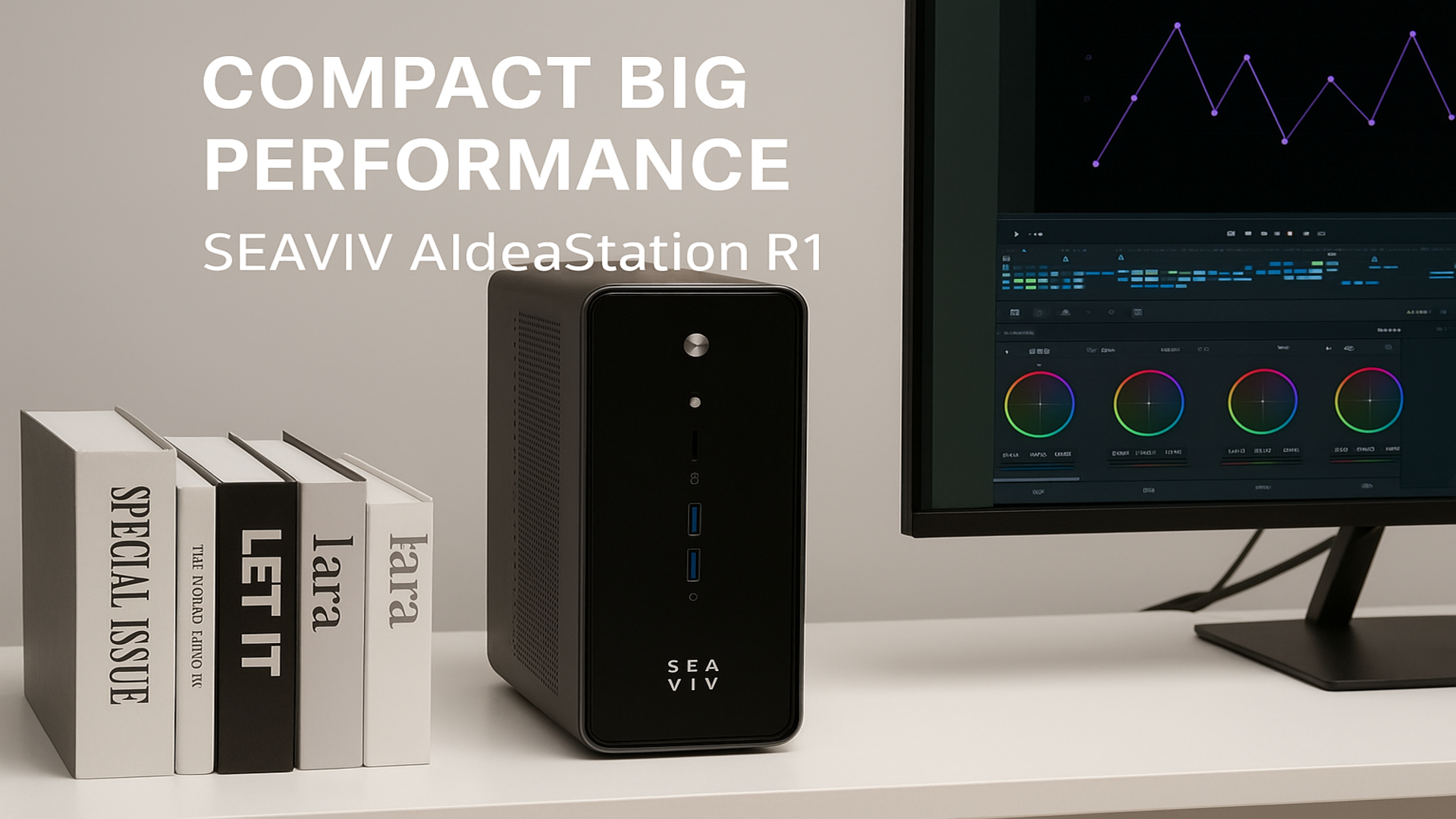It would be hard to find organizations that don’t actively engage in network monitoring, a fundamental aspect of daily security workflows. Security teams are always keeping an eye on their network activity to spot unusual traffic patterns that may indicate a threat.
However, if you were to ask the average security team if they monitor dark web traffic entering and leaving their network, you might get a very different picture. The vast majority of organizations do not actively monitor traffic originating on the dark web and arriving on their public network, nor traffic leaving their network and heading to the dark web. For security teams, this could be a vital missed opportunity to detect a developing threat or attack.
There are very few “innocent” reasons for this traffic, making it a very effective indicator that an adversary is attempting to attack an organization. In addition to sounding the alarm about an impending incident, dark web traffic can also provide vital information about what malicious activity is taking place and the tactics the attacker is using.
The sooner cybersecurity professionals can detect malicious activity, the greater the likelihood of stopping an attack before it can take shape, making the early warning provided by dark web monitoring a hugely valuable asset for security teams who know the signs to look for.
Senior Threat Intelligence Engineer at dark web intelligence firm Searchlight Cyber.
Darknet Recognition
The anonymity offered by the dark web provides cybercriminals with ideal cover to conduct reconnaissance operations against the organizations they seek to attack. Cybercriminals often probe networks for vulnerabilities and weak points, identifying their entry point for larger cyberattacks. Therefore, identifying traffic from the dark web into your network can serve as an effective honeypot to identify malicious intent, allowing organizations to take preventative security measures.
In some circumstances, dark web traffic to your organization is harmless, especially if it’s directed to public infrastructure like your website (this could be someone viewing your website via the dark web for privacy reasons). However, when a sudden surge of traffic emanates from the dark web into your network — especially parts that aren’t publicly accessible — it can indicate that cybercriminals are actively gathering information for your defenses. By identifying this traffic early, analysts can gather vital information about an adversary’s tactics and goals (based on the parts of your network they’re targeting) and take steps to mitigate the chances of an attack, such as by patching components that receive incoming dark web traffic.
Dark web traffic: a sign of insider threats
In virtually all organizations, there is no legitimate reason why an employee should access the dark web from the corporate network. If this happens, consider it a major red flag. Employees browsing the dark web put the company at risk by exposing it to threats such as malware.
In more serious cases, this traffic could represent insider threats, where employees intentionally compromise the security of the organization by engaging in illicit activities and using the dark web to communicate with cybercriminals. It is critical that companies identify this outbound traffic as soon as possible so that investigations can be launched and the threat can be stopped.
Malware on the move
Large data flows from the dark web into the corporate network can be a sign that an adversary is installing malware.
In a recent real-world example, we helped a European government agency successfully identify and neutralize a cyber threat, in part by detecting suspicious dark web traffic in the early stages of the attack. Traffic monitoring showed that the data going to the organization’s IT infrastructure from the dark web was much larger than would be expected compared to the size of the response.
Further investigation uncovered a webshell deployed by a hostile actor within the agency’s network, and this early detection enabled a rapid response, preventing a potential cyberattack.
Signs of data theft
Unusual patterns of data flow from a corporate network to the dark web are also a potential sign that an attack is underway. Large-scale movement of data in this direction can indicate data exfiltration – the illicit transfer of sensitive information outside the organization’s perimeter. Awareness of such activities is critical to identifying data breaches and maintaining the confidentiality and integrity of an organization’s valuable data.
Data breaches can have devastating consequences, including significant financial loss, reputational damage, and legal implications. By monitoring dark web traffic for signs of data breaches, an organization can gain valuable time to coordinate incident response and mitigate the potential impact of a breach on its business, staff, and customers.
How to end the threats of the dark web
Early detection and rapid response are critical to mitigating the impact of a cyberattack. Dark web traffic, whether directed to or originating from a corporate network, can serve as an indicator of an impending threat. This is currently an untapped opportunity for many organizations to take a more proactive approach to cybersecurity.
Cybercriminals use the dark web because it hides their identity, but a security team can gain much more important insights into their adversary by monitoring dark web traffic. This can give them an early warning that their adversary is targeting their organization for an attack and, crucially, give them insight into the tactics the cybercriminal is using, giving them a unique opportunity to take mitigation measures and stop the attack immediately.
We have listed the best cloud antivirus.
This article was produced as part of TechRadarPro's Expert Insights channel, where we showcase the brightest and brightest minds in the tech industry today. The views expressed here are those of the author, and not necessarily those of TechRadarPro or Future plc. If you're interested in contributing, find out more here:









